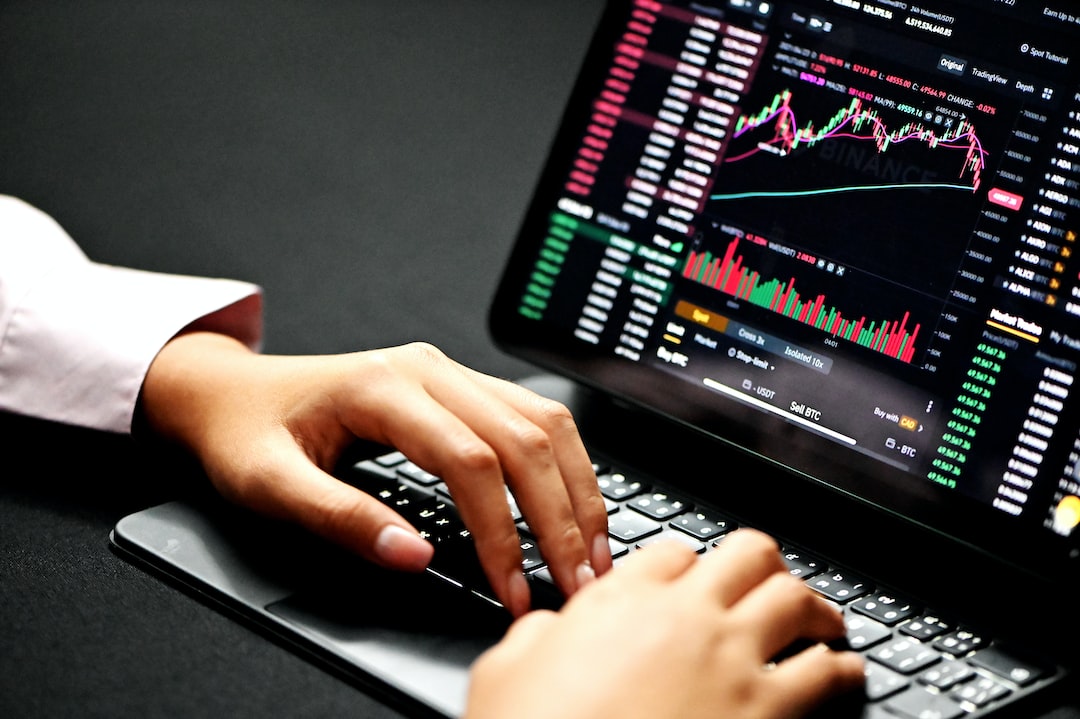Bitcoin and Digital Assets: A Nuanced Roadmap for Investors
Fidelity Digital Assets has released a report that provides a comprehensive guide for investors in the digital asset landscape. The report suggests that Bitcoin and other digital assets should be treated as separate investment decisions in order to effectively manage portfolios. By focusing on Bitcoin, investors can take advantage of its unique position as the scarcest digital asset, while also considering the broader digital asset ecosystem. Before making investment decisions, Fidelity emphasizes the importance of identifying the key risk and return factors for both asset types.
The Unique Position of Bitcoin
Fidelity highlights Bitcoin’s first-mover advantage, which has minimized competition and established its primary role as a store of value. This has resulted in a distinct return profile for Bitcoin investors. While early risks have diminished, the Bitcoin network continues to grow stronger each day, attracting more users, miners, and infrastructure. Fidelity acknowledges two notable risks for Bitcoin: protocol bugs and nation-state attacks. However, it argues that Bitcoin is less susceptible to these risks due to its simple code, long history, and high level of decentralization.
Bitcoin’s Return Profile
Fidelity’s report underscores two major factors that drive Bitcoin’s return profile. Firstly, the global growth of the digital asset ecosystem contributes to Bitcoin’s success, solidifying its role as the digital reserve asset. Secondly, concerns about the stability of traditional macroeconomic conditions have led investors to view Bitcoin as an attractive hedge against potential headwinds. Fidelity suggests that some investors may be underestimating the potential returns of Bitcoin compared to other digital assets.
Bitcoin as a Hedge Against Macro Challenges
In light of unprecedented global sovereign debt levels and concerns about the stability of the financial system, Fidelity raises alarm bells about overall financial system stability. It argues that assets with a fixed supply, like Bitcoin, tend to perform well in such macroeconomic environments. Bitcoin’s inability to be devalued through inflation makes it an appealing hedge against potential challenges.
Risks and Considerations for Other Digital Assets
While some investors are bullish on other digital assets due to their potential for high returns, Fidelity warns that these assets come with their own set of risks. Key factors include the level of decentralization and the threat of competition. Unlike Bitcoin, many projects have to make trade-offs to enhance speed and functionality, which can impact their risk and return profiles. Fidelity emphasizes that decentralization is a key value proposition of digital assets and highlights the importance of protocols building a strong network effect to defend against competitors.
Adopting a Venture Capital-Like Approach
Given the increased competition and potential for failure among non-Bitcoin digital assets, Fidelity notes that investors often take a venture capital-like approach. This involves diversifying by taking small positions across multiple projects and seeking actively managed solutions to navigate the complexity of the digital asset landscape.
Hot Take: A Nuanced Approach for Maximizing Digital Asset Investments
Fidelity Digital Assets’ report provides valuable insights for investors navigating the digital asset landscape. By recognizing Bitcoin’s unique position as a store of value and considering its distinct return profile, investors can make informed decisions about including Bitcoin in their portfolios. Additionally, understanding the risks and considerations associated with other digital assets allows investors to adopt a diversified approach while mitigating potential downsides. Overall, Fidelity’s report emphasizes the importance of conducting thorough research and analysis to optimize investment strategies in the evolving world of digital assets.





 By
By
 By
By


 By
By